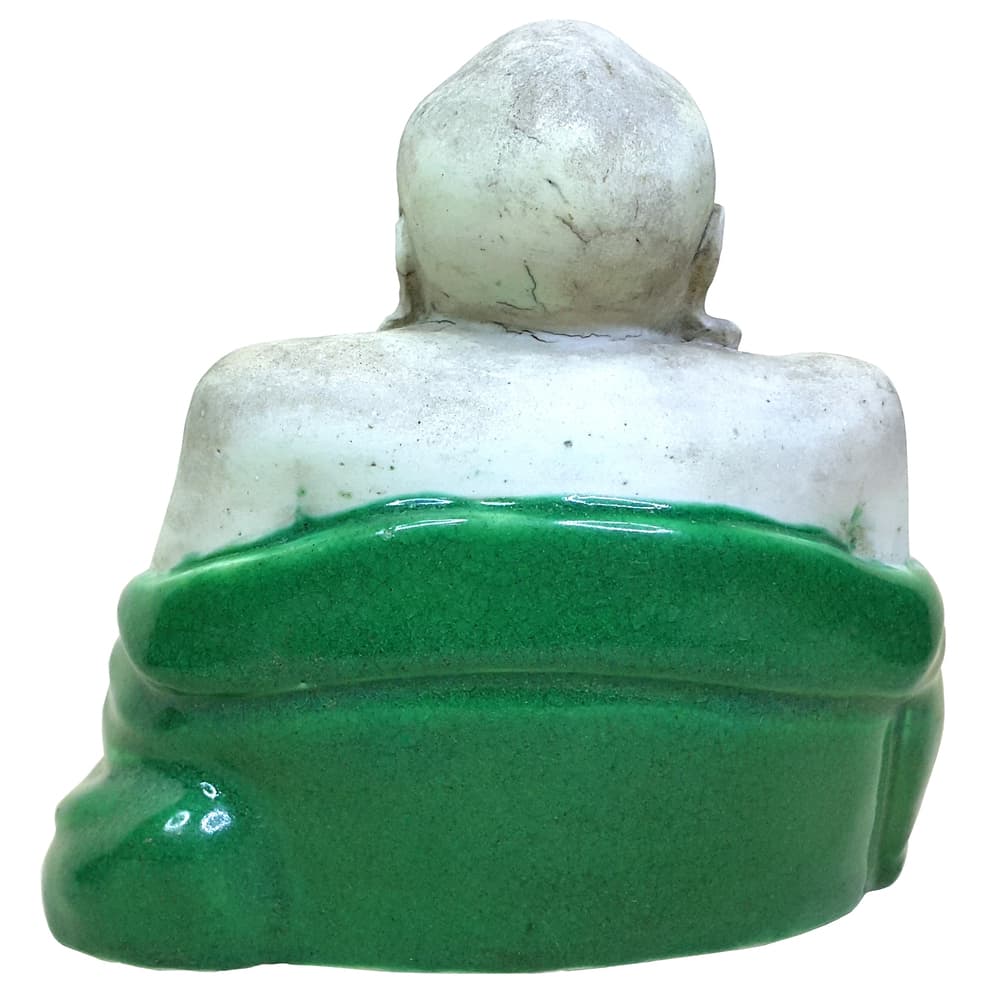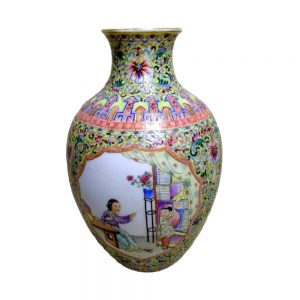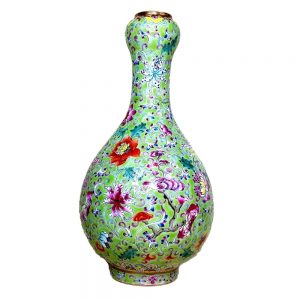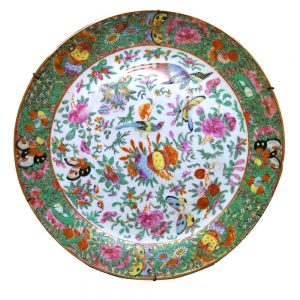Description
Famille Verte Chinese Antique Porcelain Happy Buddha, 19th century.
Dimensions: 10.0 x 10.5 x 8.5 cm.
History Happy Buddha:
Happy Buddha (Budai or Laughing Buddha) has origins centered around cult worship and local legend. He is traditionally depicted as a fat, bald monk wearing a simple robe.
He carries his few possessions in a cloth sack, being poor but content. He would excitingly entertain the adoring children that followed him and was known for patting his large belly happily.
His figure appears throughout Chinese culture as a representation of both contentment and abundance. Budai attracted the townspeople around him as he was able to predict people’s fortunes and even weather patterns.
A recovered death note dated to 916 or 917 CE, which the monk himself wrote, claims that he is an incarnation of Maitreya, the Buddha of the Future.
A Laughing Buddha (Happy Buddha) is the ultimate symbol of happiness, taking away any problem, symbolizing good fortune, wealth in private and career, life fulfillment.
The Laughing Buddha has become a deity of contentment and abundance, when adopted by religious Taoists and Buddhists.
Budai is almost always represented as carrying a cloth or linen sack, which never empties, hence he became the ultimate symbol of happiness and wealth.
History Famille Verte:
Famille Verte, adopted in the Kangxi period around 1680, uses green , red, yellow, blue and aubergine in a few different shades and iron red with other overglaze colours. Black may also be used and occasionally gold.
Famille Verte wares were popular for several decades until the 1720s after the reign of Kangxi when it became supplanted by famille rose which has a greater colour range. It continued to be made in small amounts in the subsequent periods, and its popularity revived in the West in the late 19th and early 20th century.
Famille Jaune is a variation of famille verte, using famille verte enamels on a yellow ground.
Famille Noire is a variation of famille verte and wares were made in the Kangxi era. They may have a copper-green lead based enamel painted over dry black cobalt ground on the biscuit, and a transparent green glaze was then applied, giving it a near-iridescent appearance.
Famille Verte Chinese Antique Porcelain Happy Buddha – A very beautiful and collectible item.
Code: C221








